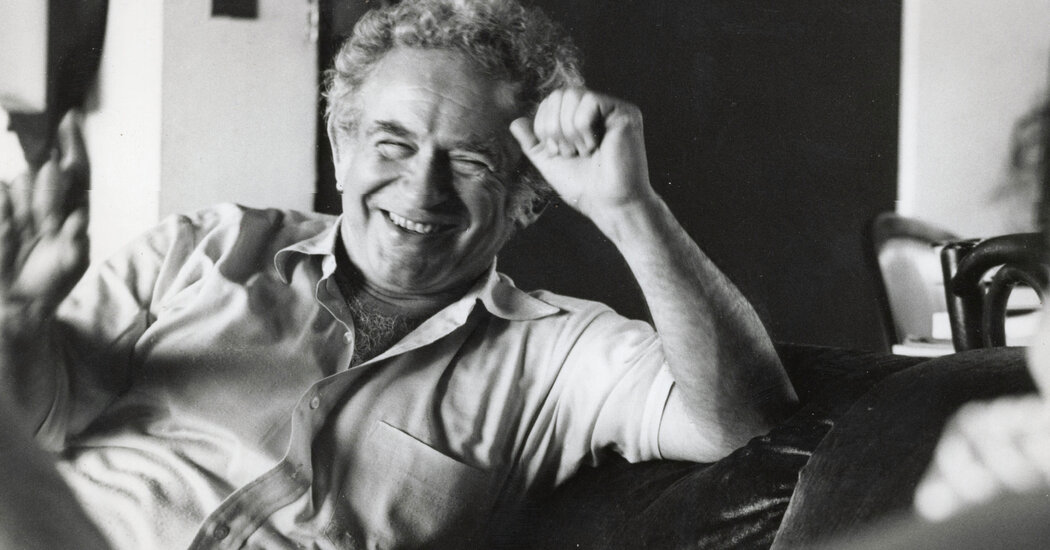Remembering Norman Mailer and His Thorny Legacy

Given the hagiographic bias of most celebrity documentaries, “How to Come Alive With Norman Mailer” (in theaters) sails into choppy waters. The director Jeff Zimbalist had to figure out a way to sum up one of the 20th century’s most admired, and most notorious, cultural figures. Mailer’s legacy as a novelist, speaker, filmmaker and pop culture icon — the movie reminded me how often he’s mentioned in “Gilmore Girls” — is full of bad behavior and also brilliant work, and making a film about such a person seems nearly impossible in our nuance-averse climate.
The key is to play with the documentary’s structure, eschewing the usual soup-to-nuts setup. “How to Come Alive With Norman Mailer” is admittedly designed as a roughly chronological recounting of the writer’s life, covering all the highlights: six wives (one of whom he famously, horribly stabbed with a penknife), nine children, a stint in the military, best-selling novels, a fascination with brawling, combative TV appearances, opinions about God and machines and Americans’ midcentury impulse toward conformity.
But Zimbalist hits on a great idea: arrange the film in terms of what Mailer’s friends, enemies and acquaintances believe his “rules for coming alive” might be. The author’s life and legacy can thus be traced through those rules, and his evolution as a person — and he did evolve, constantly, insatiably — starts to make more sense. What emerges is a portrait of a man as often at war with himself as with his family, friends and countrymen, driven relentlessly toward machismo and always spoiling for a fight. This is not a person you can present neutrally to an audience.
There are seven rules, announced in intertitles, including, “Don’t Be a Nice Jewish Boy,” “Be Wrong More Than You’re Right” and “Be Willing to Die for an Idea.” It’s an appealing structure, and the many interviewees discuss the ways Mailer embodied them, supported by archival film and interviews with the man himself. There’s a lot of footage to work with. By midcareer, Mailer was ubiquitous on camera; as one person notes, he seemed to never turn down an opportunity to be interviewed or share his views publicly.
